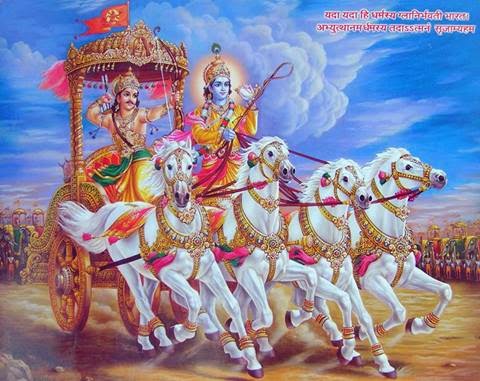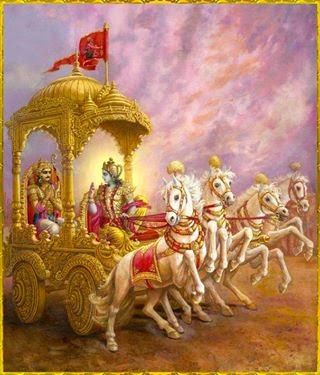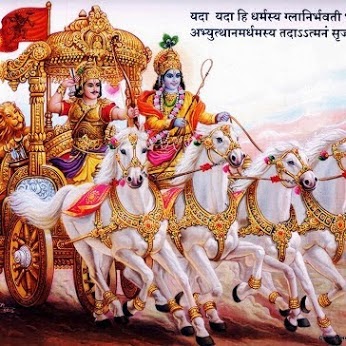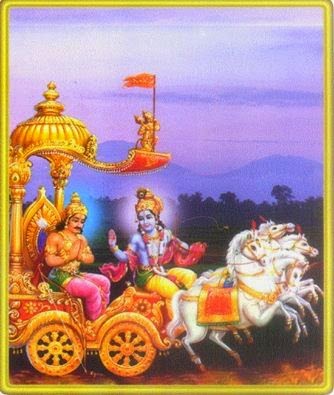The Teachings of the Bhagavadgita: Now, the second chapter and the third chapter have some sort of relationship from the point of view of the theme discussed. It is merely pointed out in the second chapter that right understanding is necessary, and only an introductory remark is made as to what samkhya means, so far as the second chapter goes. Right from the beginning till the end of the second chapter, the word samkhya is used in many, many places, suggesting that samkhya is the knowledge of the harmony that is there among all things – samatva – the equanimous, organisational, cooperative feature operating between one and another, thus cementing all particularities or individuals into a sort of cosmic organisation or universal society. This is the suggestion of the second chapter when it says: Samatvam yoga uchyate – Equanimity is yoga, balance is yoga, harmony is yoga, cooperation is yoga - not competition, not battle, not war, not exploitation, not animosity, not...







.jpg)














